US Stocks Dip, Euro Gains, and Gold's Rebound | Daily Market Analysis

Key events:
- USA - Washington's Birthday
- Australia - RBA Meeting Minutes
On Friday, US stocks experienced a decline, particularly the Nasdaq, as a hotter-than-expected producer prices report diminished hopes for immediate interest rate cuts by the Federal Reserve. The Labor Department's report revealing higher-than-anticipated producer prices in January raised concerns about a potential pickup in inflation. All three indices, after five consecutive weeks of gains, recorded a weekly decline. The S&P 500 ended at 5,005.15 points, down 0.49%, the Nasdaq Composite lost 0.83% to 15,775.65, and the Dow Jones Industrial Average fell 0.39% to 38,623.64.
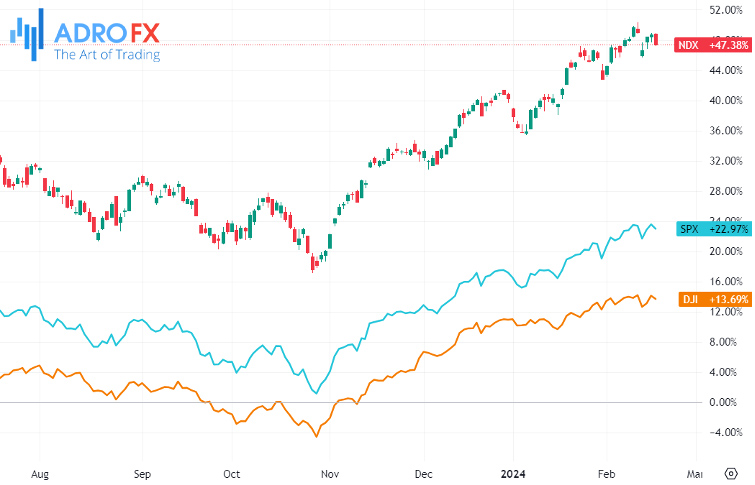
Major currency pairs are hovering around last week's closing levels in early Monday trading. With no high-impact economic data releases on the schedule and US markets closed for Presidents' Day, the focus turns to Germany's Bundesbank, set to publish its Monthly Report during European trading hours.
The EUR/USD pair is trading stronger near 1.0785 for the fourth consecutive day in the early European session on Monday. The weakening of the US Dollar provides some lift to the major pair. Eurozone inflation, according to two European Central Bank policymakers, is moving back towards the 2% target. However, the ECB awaits further data confirmation before considering rate cuts. The upcoming FOMC Minutes and Eurozone data, including PMI and CPI inflation reports, may provide insights into the inflation trajectory.
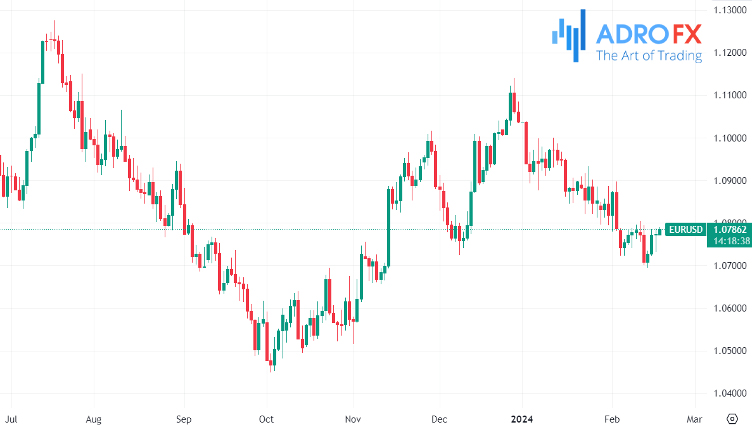
The Australian Dollar continues its four-day winning streak on Monday. However, dovish remarks from former St. Louis Federal Reserve President James Bullard temper gains for the AUD/USD pair. The Australian Dollar receives additional support as the S&P/ASX 200 index hits an all-time high, driven by increased mining stocks amid stronger metals prices. Market sentiment strengthens with expectations that the Reserve Bank of Australia will maintain its current monetary policy throughout 2024, backed by Westpac's optimism about a resilient Australian economy in 2025.
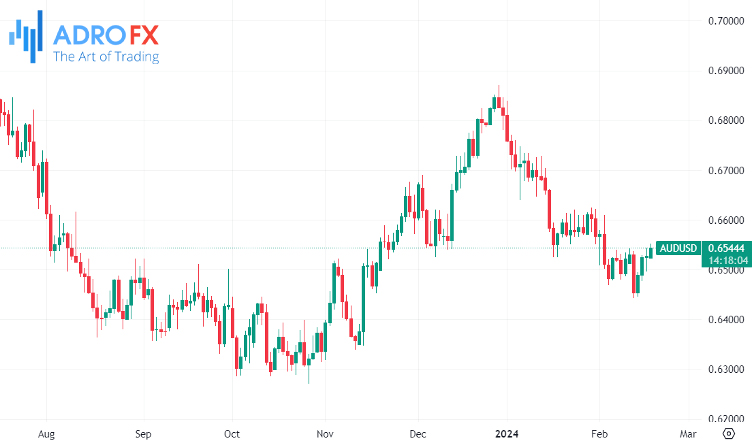
USD/JPY edges lower to around 150.00 during the Asian session on Monday, following a volatile previous session. The Japanese Yen gains strength from improved Machinery Orders data, signaling enhanced business confidence in Japan’s manufacturing industry.
Over the weekend, Japanese Finance Minister Shunichi Suzuki asserted that the Bank of Japan holds jurisdiction over monetary policy, noting a potential phase when interest rates go up. On the contrary, former Federal Reserve official James Bullard suggested the Federal Reserve should consider reducing interest rates at its March meeting to prevent stifling economic activity due to higher rates.
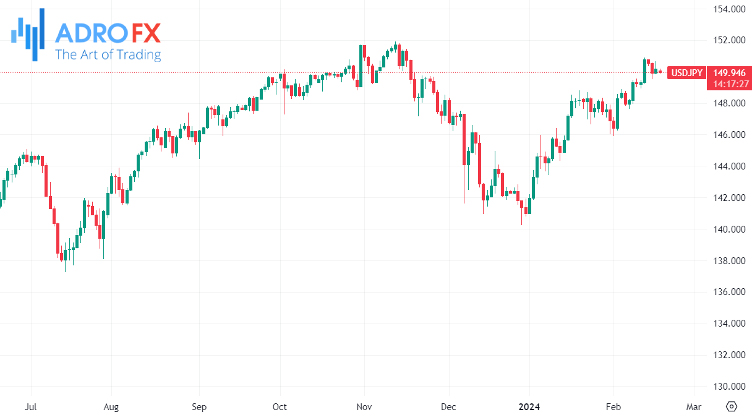
Gold prices in Asian trade on Monday are on the rise, extending a rebound from one-month lows after breaking below a key support level. Despite fears of higher US rates, the yellow metal remains rangebound. Gold briefly dipped below $2,000 an ounce in February following stronger-than-expected US inflation readings, but it has since rebounded. However, it continues to struggle amid persistent US inflation and a hawkish outlook for interest rates, maintaining a trading range of $2,000-$2,050 established since mid-January.
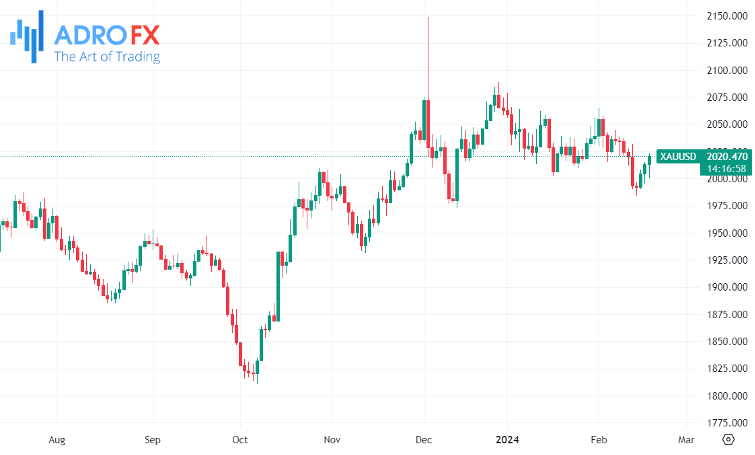
Looking ahead to the holiday-shortened week, the economic calendar is relatively quiet, with the highlight being the release of the Federal Reserve's January meeting minutes on Wednesday.
Throughout the week, investors will hear from Fed officials, including Atlanta Fed President Raphael Bostic, governors Lisa Cook and Christopher Waller, along with Vice Chair Philip Jefferson.
The week also brings earnings reports from major US retailers such as Walmart, Target, and Home Depot, crucial for assessing the financial health of the US consumer. Strong results could bolster confidence in the ability of the US consumer to drive economic growth this year, despite elevated interest rates. Walmart's results, expected on Tuesday, anticipate a rise in revenue but at its slowest pace in seven quarters, with profits expected to decline due to increased labor and product costs. Target is also expected to report weak revenue and profits for the last quarter.
Additionally, economic data will be closely watched as major central banks adopt a wait-and-see approach. The ECB and FOMC will release minutes from their recent meetings. Despite recent statements from Fed speakers, the FOMC minutes will be scrutinized for insights into the overall direction of the Fed, particularly in response to strong economic indicators such as the January nonfarm payroll report and higher-than-expected inflation readings.









